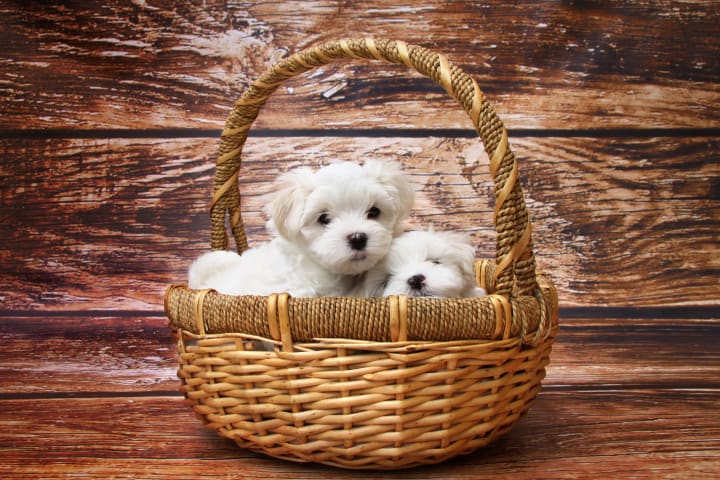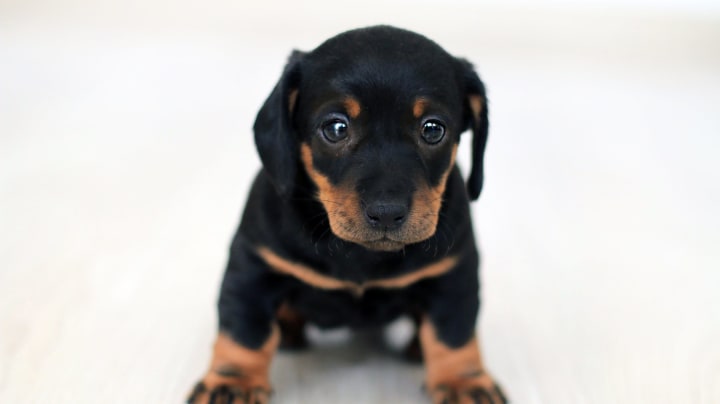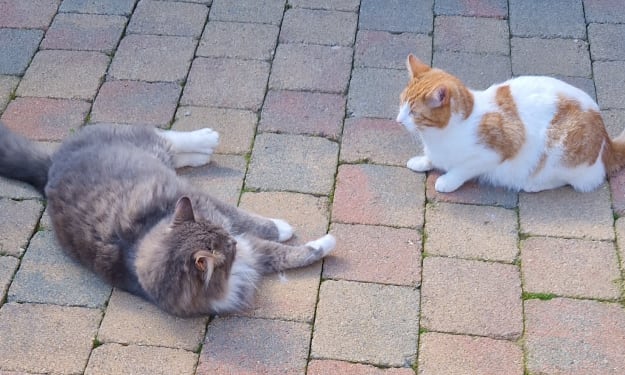Are You Getting Closer to Welcoming Your New Furry Family Member Home?
Are you getting closer to welcoming your new furry family member home? Or maybe you’ve already got them and are having problems keeping your puppy under control?
As a responsible dog owner, your home needs to be transformed into a safe and secure environment to stop your wandering pup from getting into a pickle. This is for their health and for the protection of your belongings. A new puppy is inquisitive, mischievous, and playful: no household object is safe!
To begin, you'll need to put yourself in the mindset of your puppy. What can they reach? What rooms of the house do they have access to? Can they get upstairs? For your puppy, everything they can get their paws on is up for grabs, so ideally, trying to understand any potential hazards before they occur is key. An important thing to remember is that it is in the nature of a puppy to explore new things, so making a happy, safe, and positive environment is fundamental to guiding them into adulthood. Everything you will need to purchase is readily available to buy at discounted rates through websites such as My Favourite Voucher Codes.
So, here are five top tips to puppy-proofing your home.
1) Everything Is a Toy

For a puppy to understand and learn about new things, they will sniff, lick, and chew everything. This will be a particular problem from four weeks old when they start teething and again at four to six months when they become more playful. Your slippers, an old tissue, and even the corners of your expensive new coffee table will be up for grabs. Move all mobile objects up and out of reach so that your pooch can’t chew them. This will also reduce the danger of them swallowing any small parts!
With your wooden furniture, remove all handles from lower drawers to prevent chewing and accidental opening of drawers (this may lead to the hazardous things inside them). This also goes for appliances, such as fridges, freezers, and dishwashers. Puppies will make quick work at chewing them! Making sure you are stocked up with strong chew toys, and tennis balls will be a good distraction method to begin with.
Top Tip! If there are larger pieces of furniture getting gnawed at, then you can try spraying some apple cider vinegar on them. This is available to buy with Tesco voucher codes. The smell and taste is a lot stronger for a puppy’s sensitive nose and tongue and will work wonders to deter them.
2) Cover Your Electricals

Make sure that any leads or trailing cables are off of the floor or are covered to stop your puppy from chewing through them and getting an electric shock. Low wall sockets should also be guarded so they can’t be licked.
3) Keep Them Where You Can See Them

Your puppy will naturally wander around every inch of your home exploring, especially finding spots that you'd forgotten existed. To limit them to areas you know are safe, invest in a few baby gates to corner off parts of your home. Whether it be keeping your puppy away from the other pets, blocking access to chewable furniture, preventing any wet puddles on your carpets or stopping any accidents on the stairs, this will give you peace of mind that they can’t get up to no good. It also manages your puppy’s behaviour in a way that doesn’t involve too much hard discipline.
4) Crate Training

Crate training your puppy is a good way to discipline them. It is also a good way of limiting access to household areas until they understand what they can and can’t do. In particular, putting your pup in the crate when they are home alone for short amounts can help them to behave better. There are alternative methods to crate training that you can look into as well. Separation anxiety can increase chewing and howling, so getting your pooch used to you being out is really important at this stage.
A substitute to the crate could be a basket or blanket that they can call their own. This will be a safe haven for them with toys and blankets that they are allowed to chew. Having their own allocated chew toys will ensure that they are still getting the enrichment that they need!
5) Keep a Lid on Your Toxins

You will definitely be housing some toxic items such as medication, cleaners, detergents, garden feeds and weed killers in your home. If your pup gets his teeth into any of these, it could be fatal, so keep them locked away or at a great height. This also goes for things you may not be aware are toxic to dogs such as onions, garlic, chives and chocolate. Some household plants such as aloe vera and ivy can be irritable to them as well. They could get a hold of some of these items out of uncovered bins, so it is also important to keep all household bins covered and secured.
Preventing expensive damage to your home and your fur baby as soon as they join the family is absolutely worth doing. As you learn more about your particular puppy’s breed, personality and habits, you can tailor your methods to them and your happy home.
Good luck!
About the Creator
Craig House
Creative entrepreneur, freelance designer and all round business savvy youth.






Comments
There are no comments for this story
Be the first to respond and start the conversation.